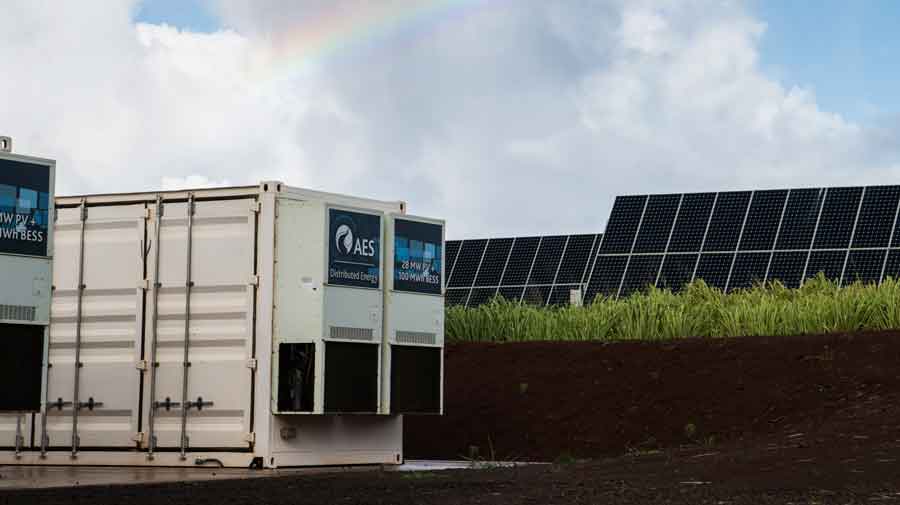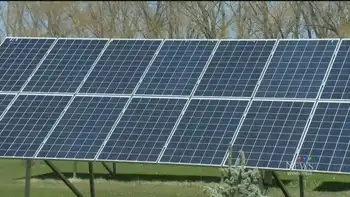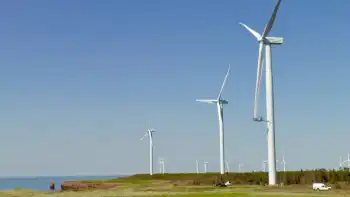PG&E delivers record electric reliability for customers in 2013
- In 2013, the 15 million people served by PG&E experienced the fewest minutes without electricity in company history. The just-released numbers for 2013 show that PG&E continues to make significant progress in safely delivering reliable service that benefits homes and businesses throughout Northern and Central California.
In 2013, not only did the average duration of a service interruption for a PG&E customer fall to an all-time low, but customers also experienced the fewest service interruptions in company history. Customers have seen a 40 percent improvement in the average duration of a service disruption and a 27 percent improvement in the number of customer interruptions since 2006.
“Thanks to the significant work that has been done to upgrade and modernize electric facilities throughout our service area, PG&E’s customers are experiencing the most reliable service in our company’s history,” said Geisha Williams, PG&E’s executive vice president of Electric Operations. “We are committed to build on this success, to further strengthen our operations to provide our customers with the safe, reliable and affordable electric service they expect and deserve.”
PG&E and other electric utilities measure the overall reliability of their systems using two primary indices defined by the Institute of Electrical and Electronic Engineers IEEE. The System Average Interruption Duration Index SAIDI measures the number of minutes over the year that the average customer is without power.
The average PG&E customer was without power for 117 minutes in all of 2013, a reduction from 196 minutes in 2006. The System Average Interruption Frequency Index SAIFI measures the system-wide frequency of power interruptions per customer. The average customer experienced 1.07 power interruptions in 2013, compared to 1.46 in 2006.
In order to ensure that customers receive the safest, most reliable and affordable service possible, the company is focused on continuous improvement. These improvements in service were due in part to the utilityÂ’s investments in several key projects, including:
- Targeted Circuit Program. In 2013, PG&E crews targeted 75 circuits based on their history of outages. Crews strengthened the circuits and used infrared technology to identify potential trouble spots so that stressed equipment could be repaired or replaced before it failed. PG&E upgraded more than 330 circuits over the past five years.
- Intelligent Switches. This Smart Grid technology reduces the amount of time it takes to restore power to customers. Instead of waiting for a crew to arrive on scene to restore circuits manually, the new devices do it automatically, often within minutes. Utility workers installed automated “intelligent” switches on 392 circuits last year. In total, more than 500 circuits have been enabled with this advanced technology that benefits customers.
- Rural Circuit Upgrades. PG&E installed more than 7,000 sets of fuses and 700 line reclosers on more than 500 of the worst-performing rural circuits since 2010 to isolate service interruptions and minimize their impact on customers.
- Substation Upgrades. Technicians have replaced and upgraded substation equipment to handle an increase in demand, to improve equipment performance or to maintain or restore service when electricity needs to be rerouted.
- Vegetation Management Reliability Program. Crews worked to keep electric lines free from trees and brush, helping to ensure the safe and reliable delivery of service to PG&E customers. In the past five years, this program has reduced vegetation-related outages by 51 percent.
Related News

Alberta shift from coal to cleaner energy
EDMONTON - The turn of the calendar to 2018 saw TransAlta retire one of its coal power generating units at its Sundance plant west of Edmonton and mothball another as it begins the transition to cleaner sources of energy.
The company will say goodbye to three more units over the next year and a half to prepare them for conversion to natural gas.
This is part of a fundamental shift in Alberta, which will see coal power completely eliminated by 2030, replaced by a mix of natural gas and renewable sources.
“We’re going to see that transition continue right up…




